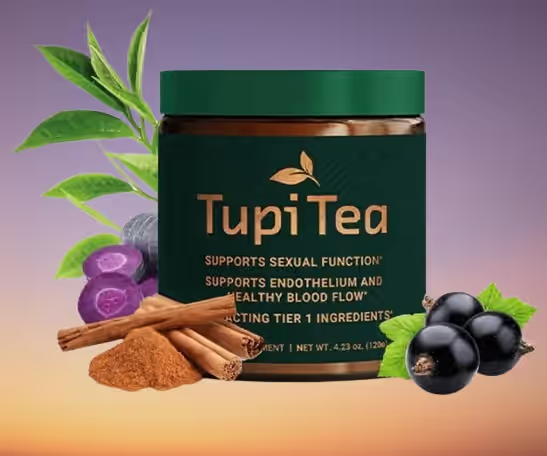Table of Contents
Introduction to Hojicha in Japan
Hojicha in Japan holds a special place among green teas, known for its distinct roasted flavor and low caffeine content. While Japan is renowned for its variety of green teas, such as matcha and sencha, Hojicha stands out due to its unique preparation method. This tea is roasted over charcoal, giving it a deep, smoky flavor that is unlike the fresh, grassy taste of other Japanese teas. Its low caffeine content also makes it a popular choice for tea lovers who want to enjoy the health benefits of green tea without the stimulating effects of higher caffeine levels.
In this article, we will dive deep into the world of Hojicha in Japan, explore its origins, and uncover why it has become a beloved tea in Japanese culture. Along the way, we’ll also highlight the key benefits of Hojicha caffeine levels and how this green tea is a perfect addition to any tea enthusiast’s daily routine.
1. The Unique Roasting Process of Hojicha
Hojicha is distinct from other green teas because it undergoes a special roasting process. While most Japanese green teas are steamed to halt oxidation and preserve their green color and fresh taste, Hojicha is roasted at high temperatures. This roasting process transforms the green leaves into a brownish hue and imparts a toasty, nutty aroma.
The roasting process also significantly reduces the Hojicha caffeine content, making it a much lighter option compared to other teas. This characteristic is one of the primary reasons Hojicha is so popular in Japan, especially for people who want to limit their caffeine intake but still enjoy a satisfying cup of tea.
In Japan, Hojicha is often served after dinner because its lower caffeine levels won’t interfere with sleep. Additionally, it’s commonly served to children and the elderly, who are more sensitive to the effects of caffeine.
👉 Discover the Calm of Roasted Elegance – Sip Hojicha Now! 👈
2. Hojicha’s Origins: A Japanese Tea Tradition
Hojicha first appeared in Kyoto, Japan, in the early 20th century. It was created by tea merchants who sought to find a new use for lower-grade green tea leaves and stems. By roasting these tea leaves over charcoal, they were able to create a completely different type of tea with a rich, roasted flavor that didn’t have the bitterness often associated with green teas.
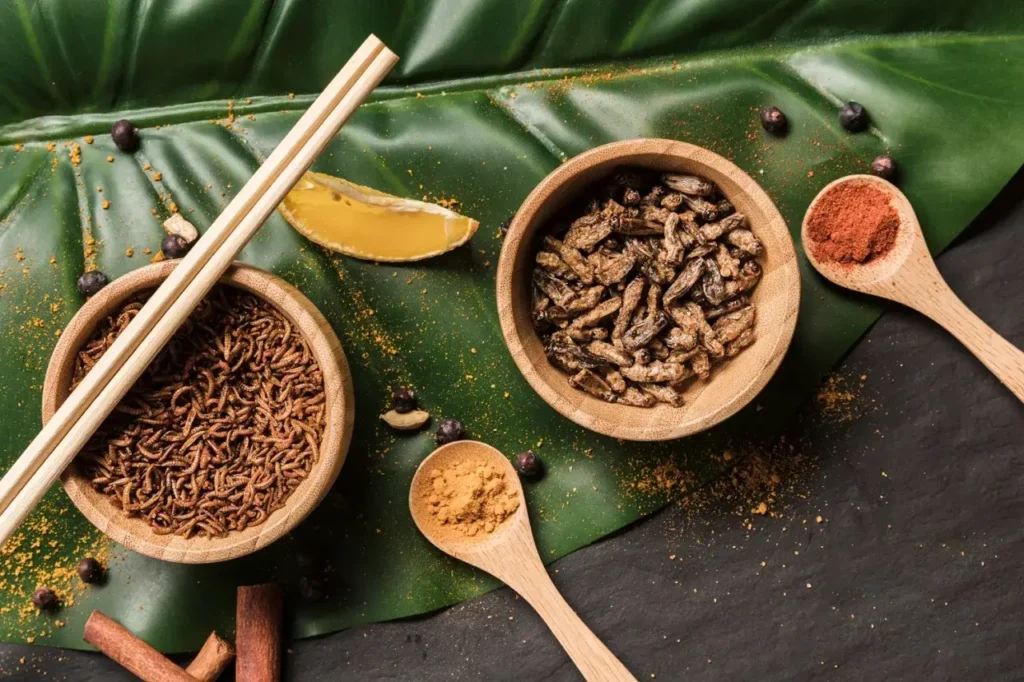
Since its introduction, Hojicha has become a staple in Japan’s tea culture, with people enjoying it both hot and cold. Unlike other premium Japanese teas such as matcha, which require meticulous preparation, Hojicha is more accessible and easier to brew, making it a household favorite across Japan.
Despite its humble beginnings, Hojicha is now appreciated not only in Japan but also around the world. Its unique flavor profile and low Hojicha caffeine content make it an excellent option for those who want to enjoy green tea without the intensity of traditional varieties.
3. Hojicha Caffeine Levels: Perfect for Evening Tea Lovers
One of the standout qualities of Hojicha is its incredibly low caffeine content compared to other green teas. While teas like matcha or sencha are known for their caffeine boost, Hojicha caffeine levels are much lower due to the roasting process, which breaks down much of the caffeine naturally present in the tea leaves.
For people sensitive to caffeine or those looking for a relaxing evening beverage, Hojicha green tea is the ideal choice. A typical cup of Hojicha contains about 7.7 mg of caffeine, compared to the 30-50 mg found in a standard cup of sencha or matcha. This low caffeine level allows you to enjoy the soothing qualities of tea without worrying about staying awake late into the night.
In Japan, it is common to see families drink Hojicha after dinner or serve it to children as their introduction to green tea. Its mild, roasted taste paired with its low Hojicha caffeine content makes it an excellent, calming beverage for any time of day.
👉 Smooth, Toasty, Premium – Brew Hojicha Tea Today! 👈
4. Health Benefits of Hojicha Green Tea
While Hojicha green tea may not have the same high antioxidant levels as its non-roasted counterparts, it still offers several health benefits that make it worth drinking. Like other green teas, Hojicha contains catechins, which are antioxidants known to fight free radicals in the body. These antioxidants help reduce inflammation and can contribute to heart health and a reduced risk of chronic diseases.
Moreover, the roasting process brings out other beneficial compounds, such as theanine, an amino acid that promotes relaxation and reduces stress. The combination of low Hojicha caffeine and high theanine levels makes this tea an ideal choice for unwinding after a long day.
Another benefit of Hojicha green tea is its potential to aid digestion. In traditional Japanese medicine, Hojicha is often recommended for people who experience indigestion or bloating, as the warm, toasty tea is believed to help soothe the stomach.
5. Hojicha in Japan: A Versatile Tea
In Japan, Hojicha is not only consumed as a hot beverage but is also used in various culinary applications. Its unique roasted flavor pairs well with a variety of dishes and can be found in both sweet and savory recipes. For example, Hojicha is often used in desserts like Hojicha ice cream, mousse, and even as a flavoring in cakes and cookies.
Cold Hojicha is also a popular choice during the summer months in Japan. Brewed and then chilled, it offers a refreshing and hydrating drink that still maintains its toasty, rich flavor. This versatility makes Hojicha an all-season tea, appreciated for its adaptability in both hot and cold forms.

Hojicha has even gained popularity as a flavor in beverages like lattes. A Hojicha latte, made by blending steamed milk with brewed Hojicha, offers a creamy, mildly sweet alternative to traditional green tea lattes made with matcha. The low Hojicha caffeine content makes it a perfect option for those looking for a comforting drink without the jittery effects of a caffeinated latte.
👉 Roasted to Perfection – Try Top Hojicha Flavor! 👈
How to Brew Hojicha at Home
Brewing Hojicha is relatively simple, and it can be done using either tea bags or loose leaf tea. Here’s how you can brew the perfect cup of Hojicha green tea:
- Water Temperature: Heat water to about 80°C (175°F), as boiling water can burn the leaves and result in a bitter taste.
- Tea Quantity: Use one teaspoon of Hojicha leaves per cup (or one Hojicha tea bag if you’re using bags).
- Steeping Time: Allow the tea to steep for 1-2 minutes. Over-steeping can result in a stronger, slightly bitter flavor.
- Enjoy: Serve hot or chill the brewed tea to make a refreshing cold tea for warmer days.
Conclusion
Hojicha in Japan is much more than just another variety of green tea. Its unique roasting process gives it a flavor profile unlike any other green tea, and its low Hojicha caffeine content makes it the perfect choice for those looking for a relaxing, low-stimulating beverage. With its rich history, versatility in both culinary and beverage applications, and numerous health benefits, Hojicha green tea is a must-try for tea lovers.
Whether you’re a long-time green tea drinker or someone new to the world of Japanese teas, Hojicha offers a delightful alternative to the more well-known varieties. Its roasted flavor, health advantages, and calming effects make it a unique addition to any tea collection.
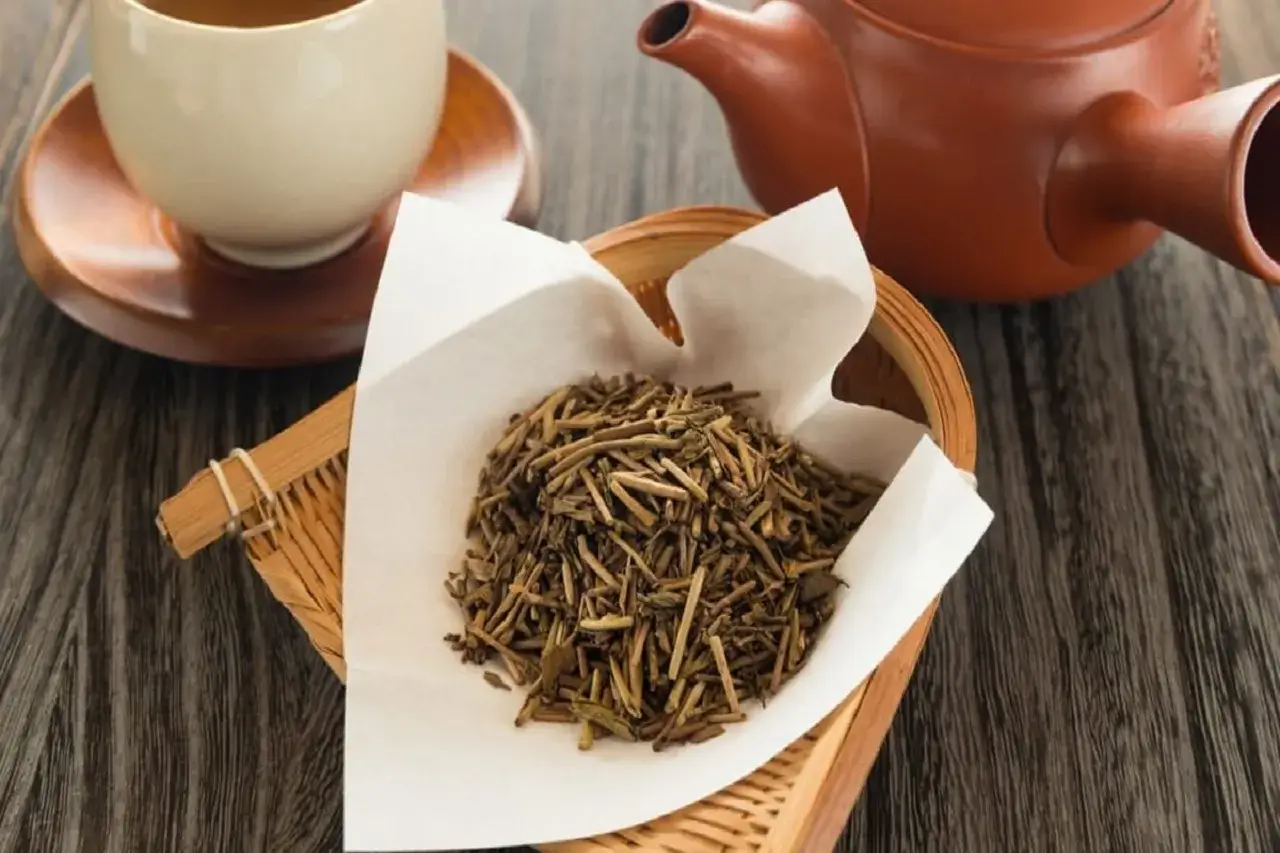
![Sencha Tea vs Green Tea: A Tea Master's Guide to Key Differences [2025] sencha tea vs green tea](https://www.goteaworld.com/wp-content/uploads/2025/09/sencha-tea-vs-green-tea-150x150.webp)
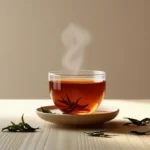

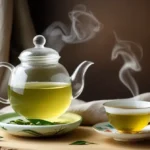
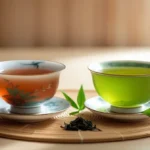
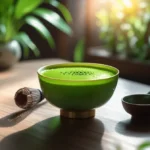

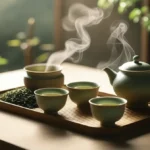
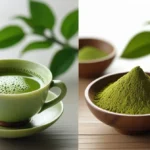
![[4] Ancient Principles of Japanese Tea Ceremony: A Master's Guide for 2025 4 principles of japanese tea ceremony](https://www.goteaworld.com/wp-content/uploads/2025/09/4-principles-of-japanese-tea-ceremony-150x150.webp)


